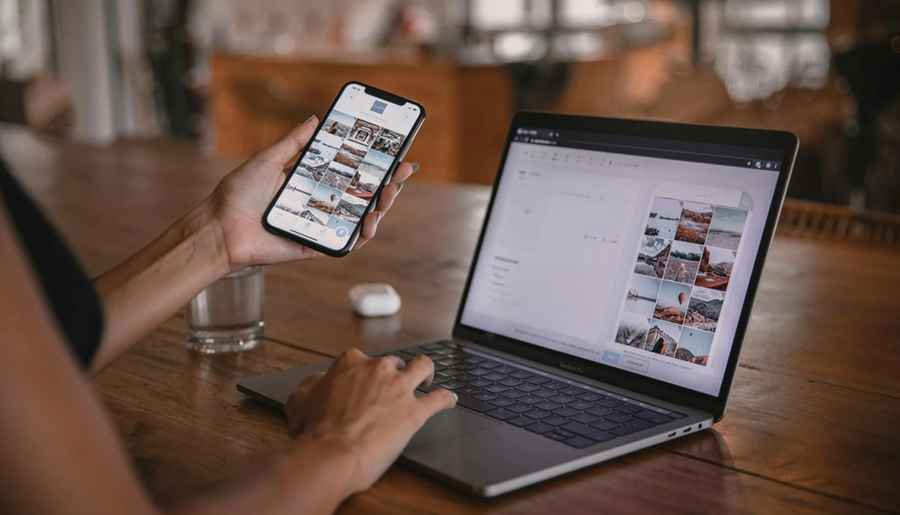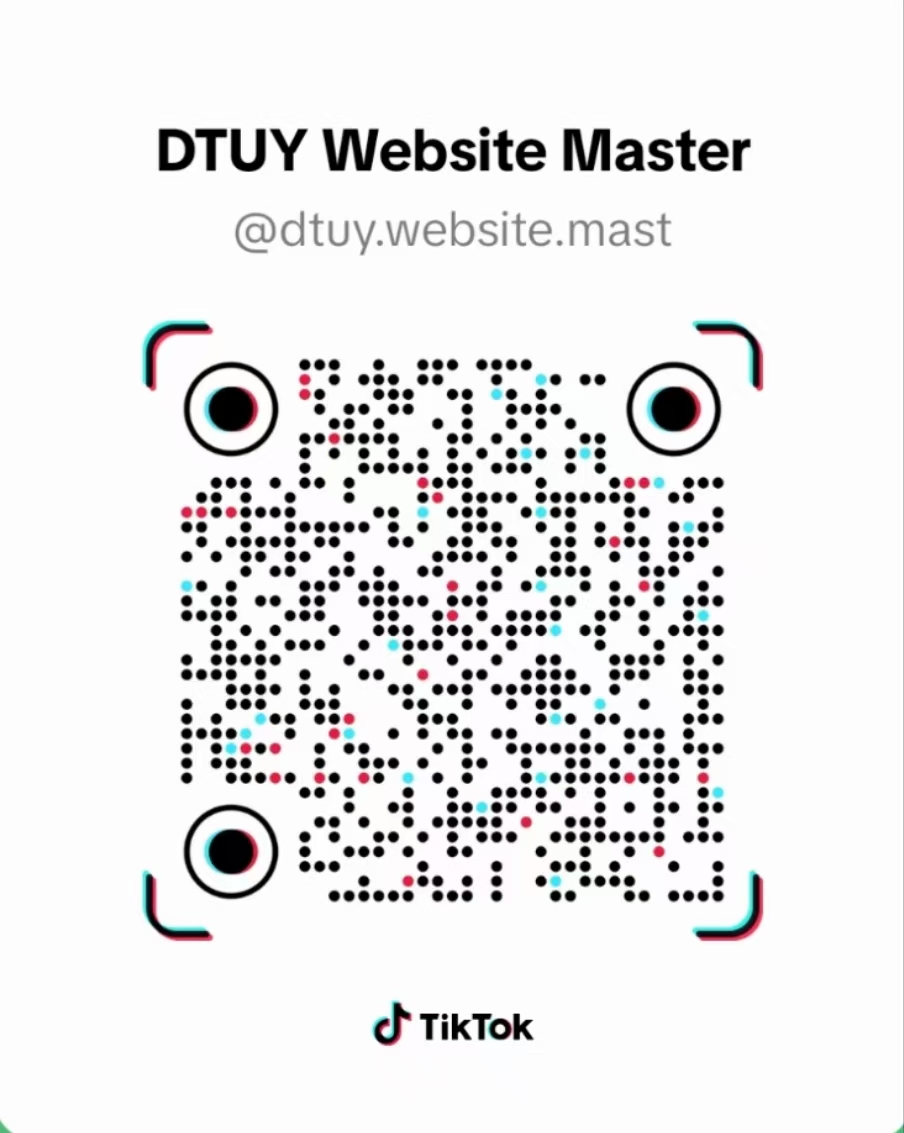India, a land of immense diversity and rapid economic growth, presents a unique landscape for businesses, especially in the B2B sector. With a population exceeding 1.4 billion, a burgeoning middle class, and a tech-savvy youth demographic, the country offers vast opportunities for B2B enterprises. However, to tap into these opportunities effectively, constructing a website that resonates with the Indian market is crucial.Next, DTUY will analyze how to build a website in the Indian market.
1.Understanding the Indian Context
Before delving into website construction, it's essential to grasp the unique characteristics of the Indian market. India is a multilingual and multicultural nation, with 22 officially recognized languages and a rich tapestry of traditions and customs. This diversity extends to business practices, consumer behavior, and digital preferences. Additionally, India's digital infrastructure is evolving rapidly, with increasing internet penetration, especially in urban areas, but still facing challenges in rural regions.
For B2B enterprises, the target audience often comprises decision-makers in various industries, including manufacturing, technology, healthcare, and more. These professionals are increasingly relying on digital platforms to source products and services, conduct research, and make informed purchasing decisions. Therefore, a well-designed website can serve as a powerful tool to attract, engage, and convert these potential clients.
2.Key Considerations for B2B Website Construction in India
2.1. Localization
Given India's linguistic diversity, it's advisable to offer website content in multiple languages, particularly English and Hindi, which are widely spoken and understood. Localization goes beyond just translation; it involves adapting the content, images, and overall user experience to suit the cultural preferences and business norms of the target audience. For instance, using local case studies, testimonials, and imagery can enhance the website's relevance and credibility.
2.2. Mobile Optimization
In India, mobile internet usage far exceeds desktop usage. Therefore, ensuring that your website is fully optimized for mobile devices is non-negotiable. This includes responsive design, fast loading times, and easy navigation on smaller screens. A mobile-friendly website not only improves the user experience but also boosts search engine rankings, as search engines prioritize mobile-optimized sites.
2.3. Clear Value Proposition
B2B buyers are often time-constrained and seek clear, concise information about the products or services they're interested in. Your website should prominently display your value proposition, highlighting how your offerings can solve their pain points, improve efficiency, or drive cost savings. Use bullet points, infographics, and videos to convey complex information in an easily digestible format.
2.4. Trust Building
In the B2B space, trust is paramount. Your website should incorporate elements that build credibility and trust, such as customer testimonials, case studies, industry certifications, and partnerships with reputable organizations. Additionally, providing detailed contact information, including a physical address and phone number, can reassure potential clients that you're a legitimate and accessible business.

2.5. SEO and Content Marketing
To drive organic traffic to your website, investing in search engine optimization (SEO) is essential. This involves optimizing your website's content, meta tags, and URLs for relevant keywords, as well as building high-quality backlinks from other reputable websites. Content marketing, such as blog posts, whitepapers, and webinars, can also help establish your expertise in the industry and attract potential clients who are actively seeking information and solutions.
2.6. E-commerce Integration (if applicable)
For B2B enterprises that offer products for sale online, integrating an e-commerce platform into your website can streamline the purchasing process and improve customer satisfaction. Ensure that the e-commerce functionality is secure, user-friendly, and supports multiple payment options, including credit cards, debit cards, and digital wallets popular in India.
Constructing an effective website for an Indian B2B enterprise requires a deep understanding of the local market, a focus on localization and mobile optimization, a clear value proposition, trust-building elements, SEO and content marketing strategies, and, if applicable, e-commerce integration. By following these guidelines, B2B enterprises can create a website that not only attracts potential clients but also converts them into loyal customers, driving business growth and success in the vibrant Indian market.




 155
155

















